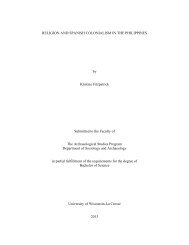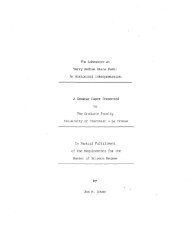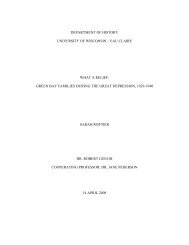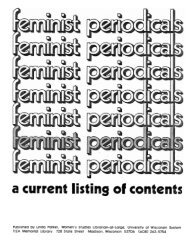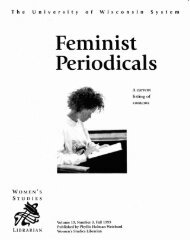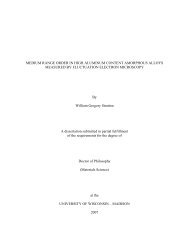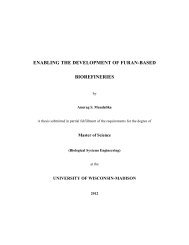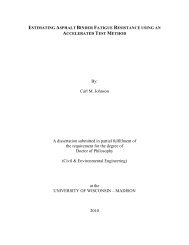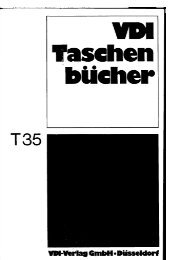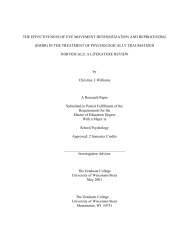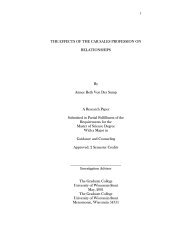Comics Aren't Just For Fun Anymore: The Practical Use of Comics ...
Comics Aren't Just For Fun Anymore: The Practical Use of Comics ...
Comics Aren't Just For Fun Anymore: The Practical Use of Comics ...
Create successful ePaper yourself
Turn your PDF publications into a flip-book with our unique Google optimized e-Paper software.
<strong>Comics</strong>, in the form <strong>of</strong> comic strips, comic books, and single panel cartoons are ubiquitous in classroom<br />
materials for teaching English to speakers <strong>of</strong> other languages (TESOL). While comics material is widely<br />
accepted as a teaching aid in TESOL, there is relatively little research into why comics are popular as a<br />
teaching instrument and how the effectiveness <strong>of</strong> comics can be maximized in TESOL. This thesis is<br />
designed to bridge the gap between conventional wisdom on the use <strong>of</strong> comics in ESL/EFL instruction<br />
and research related to visual aids in learning and language acquisition. <strong>The</strong> hidden science behind<br />
comics use in TESOL is examined to reveal the nature <strong>of</strong> comics, the psychological impact <strong>of</strong> the medium<br />
on learners, the qualities that make some comics more educational than others, and the most<br />
empirically sound ways to use comics in education. <strong>The</strong> definition <strong>of</strong> the comics medium itself is<br />
explored; characterizations <strong>of</strong> comics created by TESOL pr<strong>of</strong>essionals, comic scholars, and psychologists<br />
are indexed and analyzed. This definition is followed by a look at the current role <strong>of</strong> comics in society at<br />
large, the teaching community in general, and TESOL specifically. From there, this paper explores the<br />
psycholinguistic concepts <strong>of</strong> construction <strong>of</strong> meaning and the language faculty. Through an analysis <strong>of</strong><br />
the evolution <strong>of</strong> language, art history, and the psychology <strong>of</strong> perception, comics are revealed to be an<br />
innate form <strong>of</strong> human communication that originated in pre-literate ancient times; this medium<br />
continues to be a powerful form <strong>of</strong> non-verbal communication to this day. Next, educational theories<br />
particularly relevant to comics use in TESOL are examined, with a focus Allan Pavio’s Dual Coding theory<br />
<strong>of</strong> learning and Stephen Krashen’s Input and Affective Filter Hypotheses. Each major section <strong>of</strong> this<br />
thesis contains a subsection <strong>of</strong> case studies from TESOL fieldwork, followed by an index <strong>of</strong> the things<br />
teachers should know and do to use the information in the section effectively.



